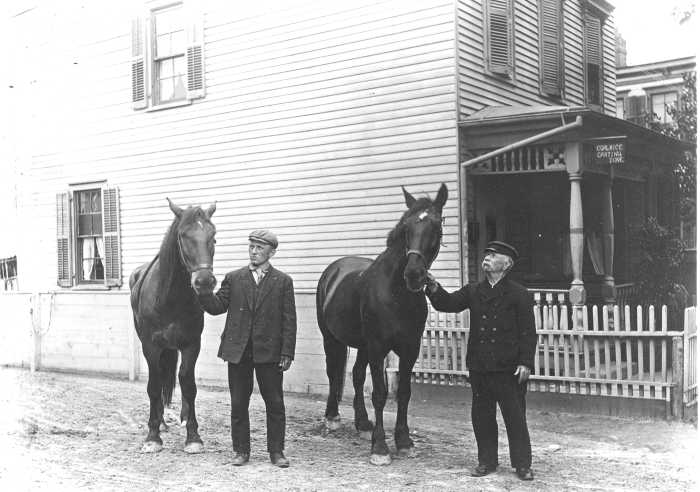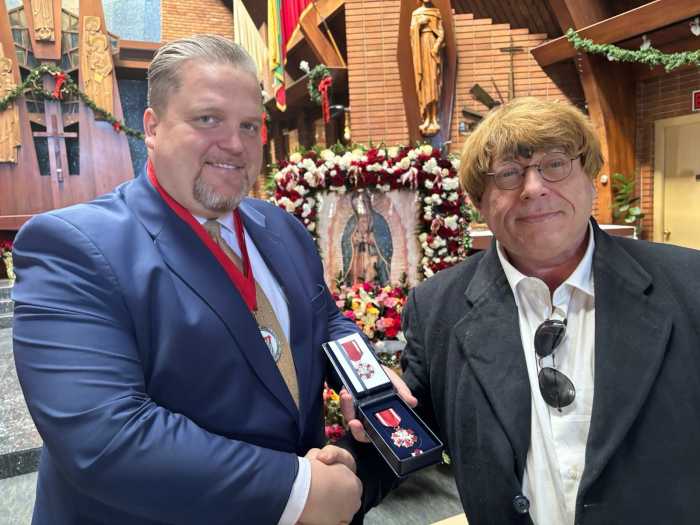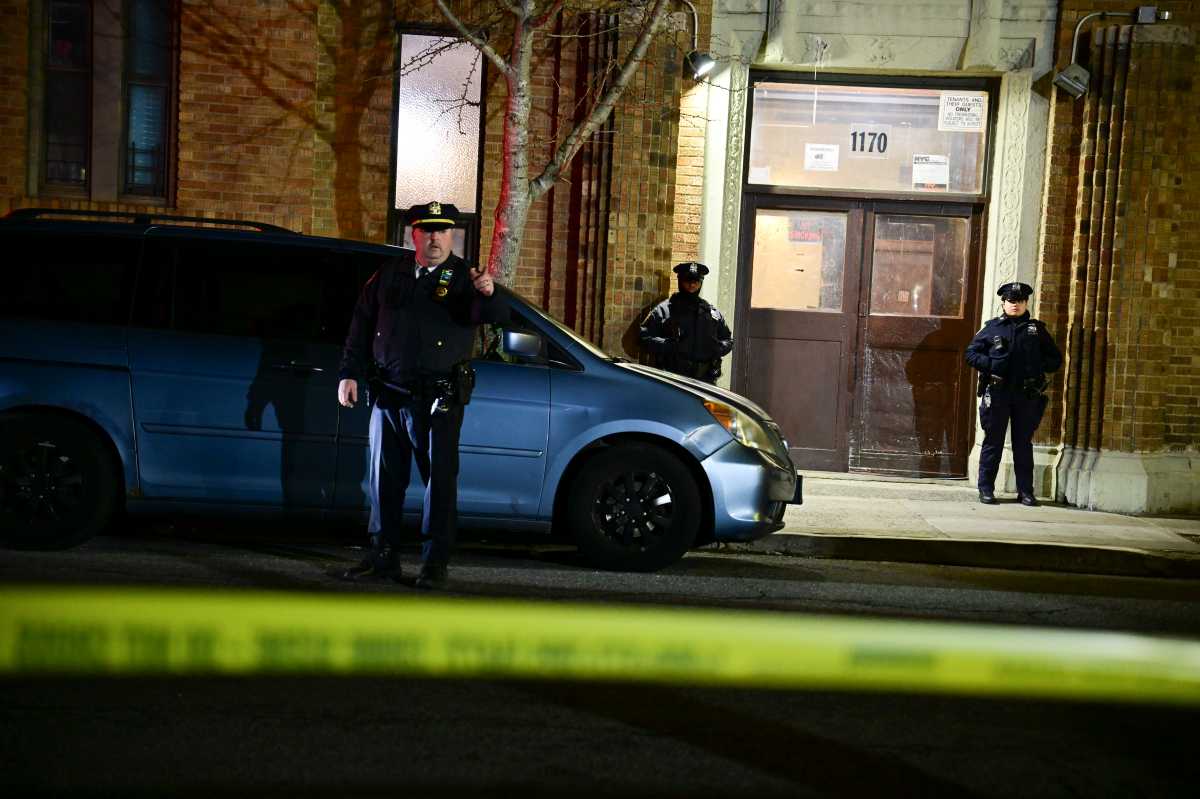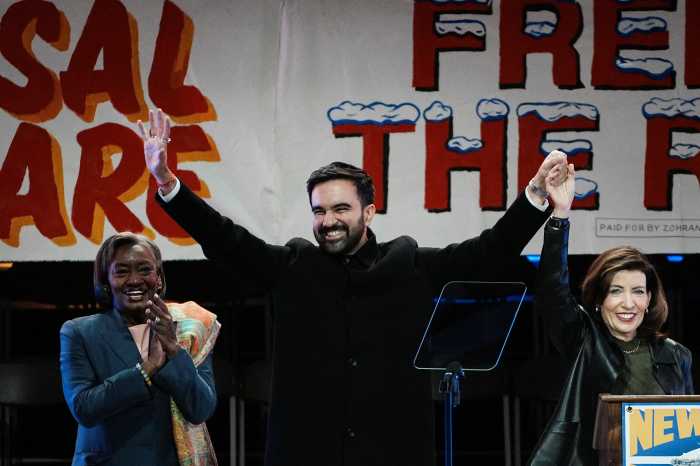In conjunction with the Greater Astoria Historical Society, TimesLedger Newspapers presents noteworthy events in the borough’s history.
Welcome to February 1923!
That February, the Queens Chamber of Commerce proudly reported that in 1922 a new building went up every 6.5 minutes. A total of 21,469 new building permits were issued for construction worth $134 million. The Chamber of Commerce predicted an even greater boom for 1923.
Meanwhile, at the Queens Supreme Court, the borough was undergoing a population explosion. On Feb. 27, Judge Selah B. Strong administered the oath of citizenship at Queens Supreme Court to hundreds of new Americans from all corners of Europe and South America. There were 31 native Italians in the group, followed by lesser numbers of immigrants from Germany, Poland, Great Britain, and Hungary. Less well represented were Serbia and Argentina, with only one newcomer taking the oath their respective nation.
The building boom sweeping Queens that year brought special distinction to the people of Forest Hills. In February, the United States Lawn Tennis Association announced that the 1923 International Lawn Tennis Challenge would be hosted by the West Side Tennis Club later that summer. The popularity of the event called for construction of a 14,000 seat stadium which still stands today. That year, the United States won the event, defeating Australia 4-1. The competition is now known as the Davis Cup.
Queens had endless attractions for every taste and budget. For those wishing to avoid the winter cold, the movie houses offered vaudeville and the latest silent films. Loews Astoria lured many a theatergoer that cold winter with their “usual low, Loew prices.” Some may have taken in the romantic drama One Week of Love, starring Elaine Hammerstein and New York native Conway Tearle. Daily Star advertisements breathlessly touted the film as “The most unusual love story ever filmed. Mighty flood scenes; an airplane crash; a railroad wreck; stirring drama and pathos all interwoven in this stupendous attraction.”
Over in Woodside, near Calvary Cemetery and the Lincoln Avenue (52nd Street) elevated train station, the entertainment was not to be found on the silver screen but in the wild animal performers of Louis Ruhe’s menagerie.
Queens’ own wild animal farm housed zebras, camels, llamas, polar bears, elephants, canaries and other creatures great and small. That month, when a shipment of elephants arrived at the farm from Germany some of the elephants were startled by their new surroundings and caused a great commotion when they roared their refusal to leave the moving truck for their new home.
Far removed from the commotion of the Ruhe farm, the old “boys” of the Flushing Institute gathered for a nostalgia filled reunion at the Hotel Martinique that February.
The former students, now bent and gray with age, still sprang to attention when summoned to the dining room by the old, familiar school bell. The men enjoyed a series of distinguished speakers.
One said something that could resonate today: “The average citizen today isn’t digging down deep into the things of life. The people of America are in a rut ….. just an empty grave leading to a tombstone. Now if we can get the people out of that rut and put them back on level ground we will be doing a great deal.”
That’s the way it was in February 1923!
For further info, call the Greater Astoria Historical Society at 718-278-0700 or www.astorialic.org.


































